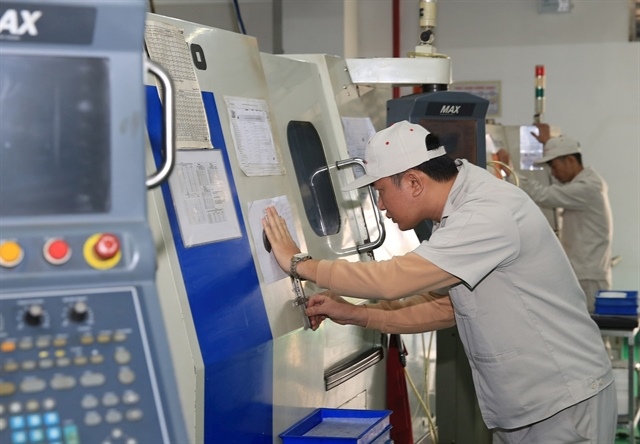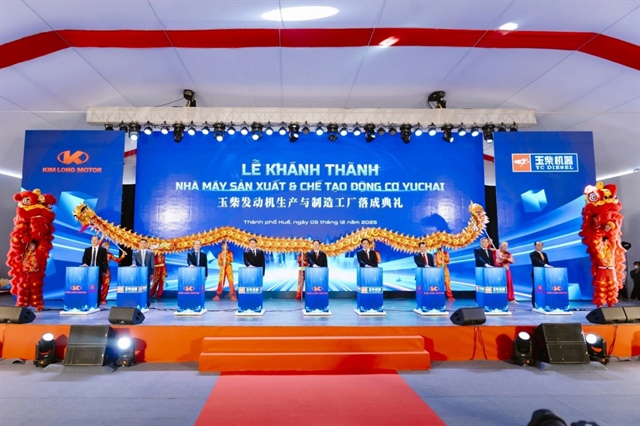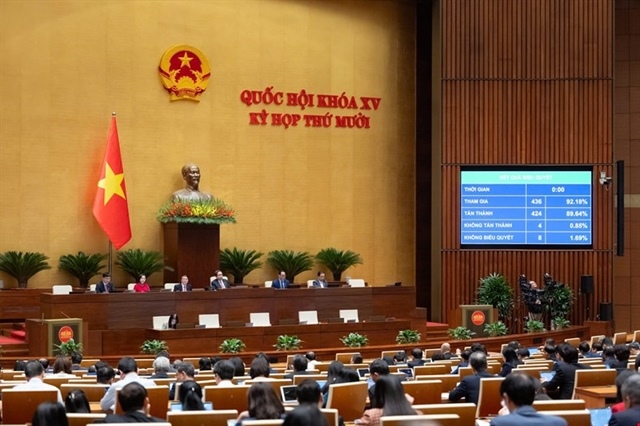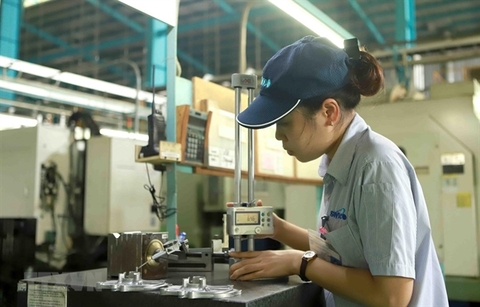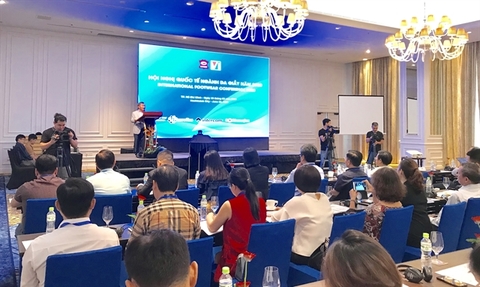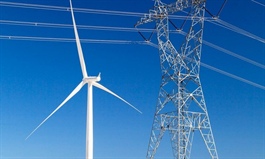Fabric production an issue for textile industry
Fabric production an issue for textile industry
Fabric production is a challenge for Viet Nam's textile and garment industry when it comes to free trade agreements (FTAs) requirements on product origin.
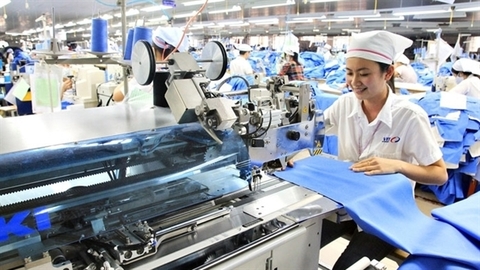
The import value of fabric and sub-material for the textile and garment industry accounts for 40 per cent of garment export revenue. Of which, 70 per cent of imported fabric was for manufacturing export garments.
Truong Van Cam, deputy chairman of the Viet Nam Textile and Apparel Association (Vitas), said stronger links in the industry are needed.
“To take those advantages, the local textile and apparel enterprises must strengthen links among them to focus all sources on manufacturing materials meeting requirements on product origin in FTAs like the EU-Viet Nam Free Trade Agreement (EVFTA), especially fabric for producing export garment products," he told Viet Nam News.
Enterprises will have to solve difficulties in the development of the production chain, such as differences in terms of quantity, quality and price of products, for long-term co-operation, Cam said.
The association also proposed the Ministry of Industry and Trade (MoIT) complete a development strategy for Viet Nam's textile and garment industry to submit to the Government for approval, he said.
“The strategy needs to focus on the planning of large-scale textile industry. It must have industrial zones with advanced wastewater treatment systems to attract textile and dyeing projects,” Cam said.
"Meanwhile, local authorities should grant investment licences for dyeing and textile projects because current textile and dyeing technologies are not as polluting as they used to be."
In the past, many localities did not give investment licences for dyeing and textile projects due to fears they would cause environmental pollution but now, the global textile industry has dyeing technology to lessen pollution.
"Therefore, localities need to change the view of textile and dyeing projects to give investment licences for more textile and dyeing projects, supporting the development of the domestic apparel industry," Cam said.
The Government should direct localities to focus on solving difficulties of the textile and garment enterprises so Viet Nam could have enough supply of raw materials meeting origin requirements to enjoy tariff preferences in FTAs.
In addition, the research and development (R&D) activities of textile and apparel industry are limited. Therefore, the State needs more investment in R&D activities to create good conditions for domestic research institutes to develop new products and equipment, he added.
The Mekong-China Strategic Studies Programme (MCSS) report released in Ha Noi early this week also pointed out that the domestic textile and garment industry lacks sufficient domestic supply of materials, especially fabric, so it will be difficult to take advantage of tariff cuts in FTAs.
Viet Nam has signed 13 FTAs, including 12 FTAs that are effective and one FTA waiting for approval. The nation is negotiating three other FTAs.
The deals bring many advantages in competitiveness for the textile and apparel industry. For instance, tariff rates are between zero and 5 per cent for textile, garment and raw materials. Meanwhile, according to World Trade Organisation (WTO) regulations, the tariffs are 12 per cent for textile and raw materials and 25 per cent for garment products.
However, Viet Nam has only taken a third of the advantages of the FTAs, according to the report. Viet Nam has not yet exploited potential markets that are members of the Comprehensive and Progressive Agreement for Trans-Pacific Partnership (CPTPP) such as Mexico, New Zealand, Canada and Australia.
Of which, Australia and Canada are two large textile and garment markets with total value of about $10 billion per year, while the market share of Vietnamese textile and garments products in the two markets is worth only about $500 million per year.
The report said Canada is a high potential export market for Viet Nam’s garment products.
According to the CPTPP, 42.9 per cent of Viet Nam’s garment exports to Canada will enjoy tariffs of zero in the first year and tariffs on the remaining 57.1 per cent will be removed in the fourth year if Vietnamese products meet regulations on the origin of yarn.



